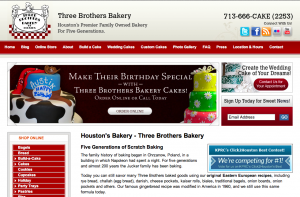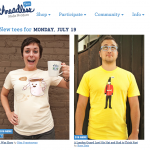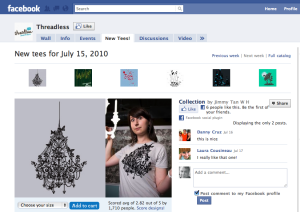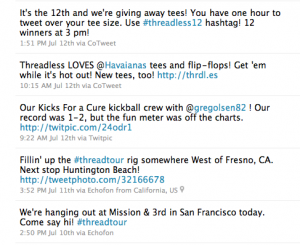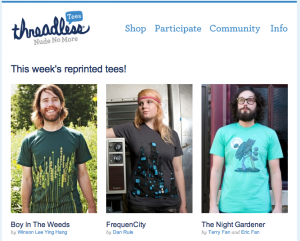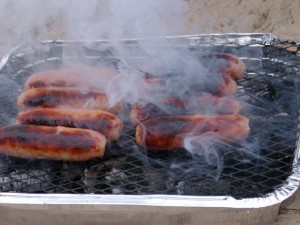 Walking back home from the Boston Media Makers’ tweetup behind Fenway Park last night I passed a sausage vendor. Usually there’s an entire fleet of sausage vendors around the park, but the Sox were out of town that night and this one was the only one in sight. As I walked by, the sausage guy said this:
Walking back home from the Boston Media Makers’ tweetup behind Fenway Park last night I passed a sausage vendor. Usually there’s an entire fleet of sausage vendors around the park, but the Sox were out of town that night and this one was the only one in sight. As I walked by, the sausage guy said this:
“Yes sir, what can I do for you now? “ – with a cock of the head, his tongs poised over the gently sibilant pile of meat that was calling my name.
“Wow,” I thought, “is that a good pitch or what?”
The more I thought about it, the more I found to admire. Is your ‘s marketing message as good as this guy’s pitch? Consider the three elements of what he said:
1. “Yes sir” — This is an affirmation that says: Welcome, you are in the right place. His first words were assurance and positivity. Does your do that — in the first seven seconds of a user’s experience? That first impression counts, and remember, psychological resistance is a big factor in most first-time visitors’ minds. They don’t really know who you are, what you’re really selling, and why. They have a boatload of questions. But if you’re speaking in the vernacular of your target customer, you’ll find the right words to assure them they’ve found a solution.
Are you affirming to your target customer that they are in the right place?
2. “what can I do for you” — A polite call to action. Remember the visual here — his tongs were poised above the sausages. Call to action + great image = sales potential. By phrasing it as a question, however, he was not hammering the message. Which I’m sure he does on busy days. “Get hot sausages here!!!” is probably what he says when there are 30,000 people milling around. But he tuned his call to action to the solo passerby.
Are you providing your visitors with a clear call to action, that’s tuned to the buyer/client you want?
3. “what can I do for you NOW? ” — Timeliness and urgency are a huge part of marketing message success. How many times have you seen offers for “free” this and “free” that … which left you cold. But attach timeliness to an offer and urgency and you’ve raised the temperature and interest level. Are you more or less inclined to act on buying something on sale if you know it’s just a two-day sale? You know the answer.
Are you using timeliness or urgency to boost the attractiveness of your offerings?
Now I bet you’re wondering if I bought a sausage. Well … that’s between me and my bathroom scale, thank you very much.
